2.26.21
Cranberry Cream Cheese Scones
I’m one of those scone lovers−who prefers them thick and crusty or thin and crunchy−but not so fond of that in-between thickness. It’s just one of my quirky preferences and is more about the esthetics, how they look, than flavor. The flavor will be the same scrumptiousness no matter how you shape them. This recipe is for one of my favorite chubby thick scones. For the opposite version, click Cranberry Cream Cheese Scone Thins, which are somewhat like #breakfast cookies and satisfy the people who just want a few bites of a good thing. They are also good for a coffee break or teatime. The dough is the same for both so also check the above link and you will see step-by step photos for mixing, if that interests you.
But today we are making these fat thick scones for breakfast or a snack. Below, you will see photos of the steps I take to shape and bake. When freshly baked, not only will their crustiness greet you, but also their creamy interior crumb studded with dried cranberries. The creaminess comes from a dough that contains cream cheese−a remarkable addition that one doesn’t usually think of as a scone ingredient. But it works; it’s amazing. I think you’ll like it.
FINISHED SCONES: Ready to Serve
THE PROCESS: From Dough to Freshly Baked
- Shaping dough in 6″ cake pan.
- Wrapped for freezer.
- Frozen dough ready to cut.
- Cranberry Cream Cheese Scones Cut into 6 Wedges
- Thick Cranberry Cream Cheese Scones
- On sheet pan brushed with heavy cream & sprinkled with sparkling sugar. Ready for the oven.
- Just out of the oven.
- Cranberry Cream Cheese Scones: Freshly baked.
- Cranberry Cream Cheese Scones.
- When perfectly baked, Cranberry Cream Cheese Scones will have an internal temperature of 210° F (99° C).
EQUIPMENT & SUPPLIES: That I Find Helpful When Making This Recipe
1. Cake Pans: 6″ round cake pans for shaping the dough (3 if possible). If you only have one pan, the dough can be shaped in the pan, then carefully lifted out holding onto the plastic wrap, wrapped tightly and placed on a sheet pan to freeze. I like to buy cake pans with removable bottoms like those in the link and below; they are very versatile.
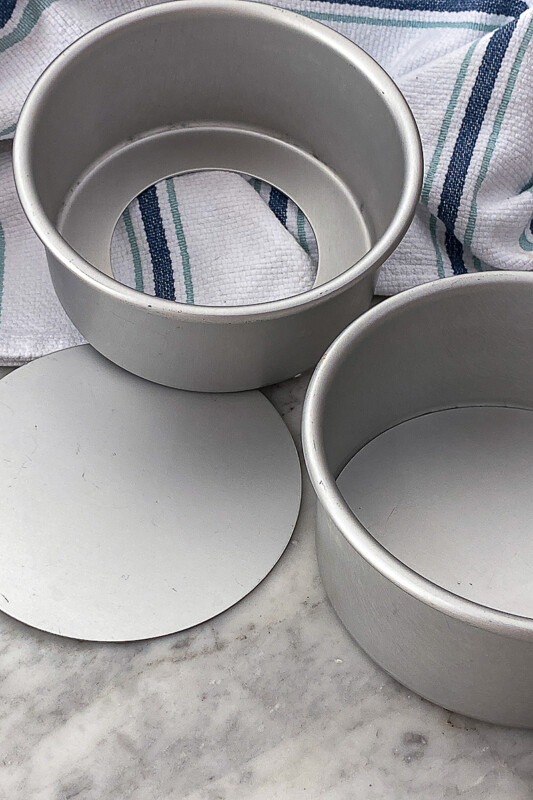
6″ x 3″ (15 cm x 7.5 cm)
Cake Pans with removable bottoms.
2. Sheet Pans: Half sheet pans for baking. Thick scones like this that need to bake 30 minutes or more will benefit from using double sheet pans, which prevents over-browning or burning the bottoms.
- Half sheet pans
- Shiny half sheet pans (no dishwasher). Baking with 2 pans stacked together is called “Double-panning.” I use the double-pan technique when something like these thick scones have to bake longer than 30 minutes to prevent over-browning or burning the bottoms.
- Older half sheet pan that I wash in dishwasher. They lose their shiny finish when you do this.
3. Parchment Paper: Half-size parchment sheets for half sheet pans. Parchment is available in different size packs, 100 sheets, 200 sheets etc., depending on how much you need. If you do a lot of baking, I recommend investing in a case of full-size parchment paper, which is what I do. You can see it here in my storage area. It’s the same as is used in a bakery or restaurant where their larger ovens can handle full-size sheet pans; home ovens are only big enough for half sheet pans. The full-size sheets come in a box of 1,000, which I then I cut in half and quarters to fit my sheet pans as shown below. When cutting parchment, it works best if you fold it and crease it; then run a sharp knife through the crease. Four or five sheets can be cut at one time.
- My full-size case of parchment up on the top shelf.
- Full-size parchment.
- Cutting half sheets of parchment.
- Half sheets of parchment.
- Cutting quarter sheets of parchment.
- Three sizes of parchment: full, half & quarter.
4. Digital Thermometers: There are many different models available, but these are the two kinds that I use :
The blue one has a probe that is inserted into whatever you are baking; it also has a function where the desired internal temperature can be set and an alarm goes off when that temperature is reached. What I do when baking scones is set the lower temperature at 205° F (96° C) to remind me that the scones are almost done. Then I set the higher desired temperature at 210° F (99° C), which is the internal temperature for fully baked scones. I highly recommend using a thermometer when baking thick scones, because color alone is not enough of an indicator for doneness.
The red one is an instant-read thermometer.
- Digital thermometer with probe.
- Instant-read digital thermometer.
- My favorite digital thermometers.
5. Cooling Rack: For cooling scones after removing from pans. I recommend racks that fit inside half sheet pans and stainless steel so the racks won’t rust.
6. Large Stainless Steel Bowls: For mixing scone dough. Use the bigger one for dry ingredients and the smaller one for liquid ingredients. It makes a lot of sense to get a nest of these; you will find all kinds of uses for them.
7. Digital Scale: For quick, easy, and accurate weights of ingredients. I always weigh everything when baking. This is my favorite scale which I’ve had for years; it’s very durable and not expensive.
8. Rubber Spatulas:
- Rubber Spatulas.
- Rubber spatulas
9. Kitchen Aid Mixer: This may be my most favorite thing in the kitchen and I use it all the time. Honestly, though, I do like making scone dough by hand; I just like the feel of the dough. But if you’re in a hurry it’s nice to have one of these. Scone doughs can be made in a mixer, a food processor, or by hand, whichever you’re in the mood for. If you are thinking of getting a Kitchen Aid, be sure and get the 6-Qt. Pro “bowl lift” model and not the head lift. It’s much sturdier and will handle big batches of scone dough, bread dough, or cake batter.
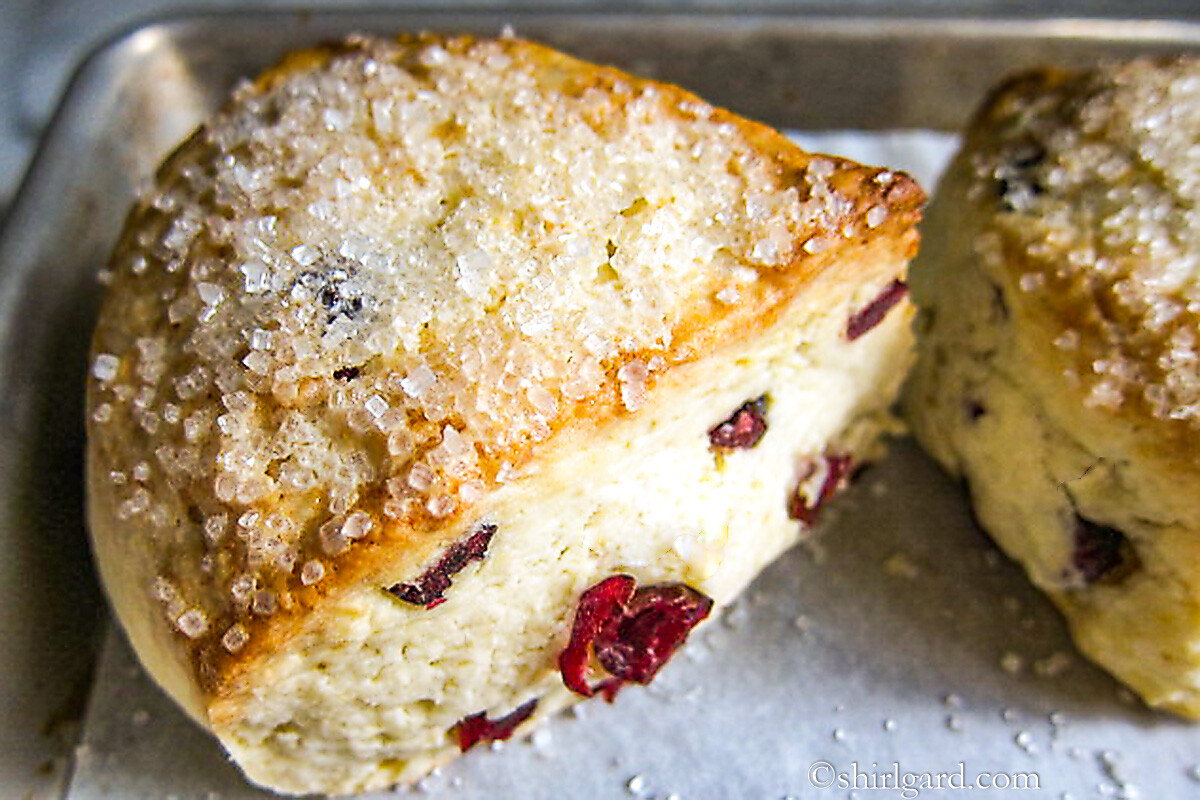
Cranberry Cream Cheese Scones: Baked to just the right color. The sparkling sugar adds a lot of crunch to go with the crust.
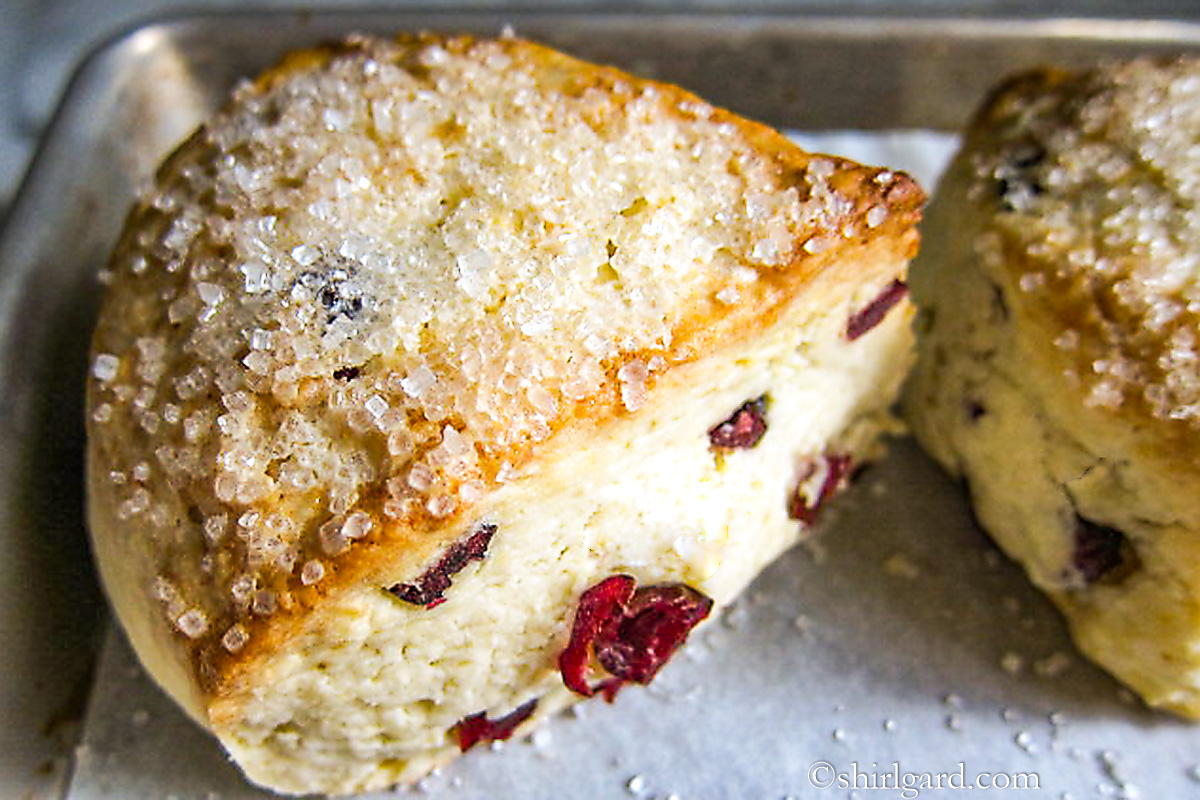
Cranberry Cream Cheese Scones
I know this recipe makes a lot of dough, but I wanted to calibrate it so that it would take a full package of cream cheese (Philadelphia brand). Along with two sticks of butter, a half pint of heavy cream, and two large eggs, this makes four out of the ten ingredients that you don't have to weigh or measure, so it is easy to put the dough together. The dough freezes well (up to two month) so you can choose to bake as needed. See notes at the bottom of recipe about equipment and supplies that I find helpful when making this recipe.
Ingredients
- YIELD: NET WEIGHT OF DOUGH = 2000g 4 lb 6 oz
- -15 LARGE SCONE WEDGES 130g EACH 4.5 oz
- - SHAPED IN 6" 15.2 cm ROUND CAKE PANS
- 490 grams all-purpose unbleached flour King Arthur (3 1/2 cups)
- 280 grams bleached all-purpose floiur Gold Medal (2 cups)
- 200 grams sugar 1 cup
- 40 grams baking powder 2 Tablespoons + 2 teaspoons
- 10 grams fine sea salt 2 teaspoons
- 225 grams cold unsalted butter cut in 3/8" chunks (2 sticks / 8 oz)
- 225 grams cold Philadelphia cream cheese cut in 3/8" chunks (one - 8 oz package)
- 240 grams heavy cream 1/2 pint / 1 cup
- 100 grams whole eggs 2 large
- 240 grams dried cranberries 1 1/2 cups
- 2050 grams = Total 72 oz 4 lb 8 oz
- TOPPING:
- Brush tops of unbaked scones with heavy cream extra quantity and sprinkle with sparkling sugar or granulated sugar.
Instructions
- COMBINE dry ingredients in a large mixing bowl. Whisk to blend.
- ADD cold butter and cream cheese chunks to the flour and rub between your hands, creating large flakes. Continue rubbing until mixture is mealy with some remaining butter/cream cheese chunks the size of small peas.
- WHISK together the heavy cream and eggs and stir in until the flour is half absorbed, using a large rubber spatula.
- SCATTER dried cranberries over the top and mix in.
- PRESS dough together in the bowl, scraping up loose flour from the bottom.
- SCALE into two portions @ 800g for full pans and one portion @ 400g for half pan.
- FOR EACH DOUGH PORTION: PRESS into a plastic-lined 6" (15.2 cm) cake pan with plastic over-hang. If you have enough pans, the dough can be left in the pans to freeze.
- FREEZE the dough rounds, which can be frozen for up to two months.
- WHEN READY TO BAKE: PRE-HEAT oven to 425° F (220° C).
- REMOVE dough from freezer and allow to thaw slightly. Cut each round into 6 wedges. The half pan into 3 wedges.
- ARRANGE on double sheet pans. (Note: Because it take over 30 minutes to bake these thick scones, I find that double-panning prevents the botttoms from getting to dark or burning). BRUSH tops with heavy cream and sprinkle with sparkling sugar or granulated sugar. I used sparkling sugar in all of my photos.
- TURN OVEN DOWN TO 400° F (204° C) and BAKE @ for 20 minutes. Turn oven down to 375° F, rotate pan and bake another 15-17 minutes until golden brown and INTERNAL TEMPERATURE reaches 210° F. Total baking time 35-37 minutes.
- COOL on the pans or transfer
- EQUIPMENT & SUPPLIES:Here's a quick list that I find helpful when making this recipe: Cake Pans: 6" round cake pans for shaping the dough (3 if possible). If you only have one pan, the dough can be shaped in the pan, then carefully lifted out holding onto the plastic wrap, and placing on a sheet pan to freeze. Sheet Pans: Half-size sheet pans for baking. Double sheet pans prevents over-browning or burning.Parchment Paper: Half-size parchment sheets. Digital Thermometer: For testing doneness. Cooling Rack: For cooling scones after removing from pans.
Notes

Thanks for stopping by. Enjoy!
Shirl
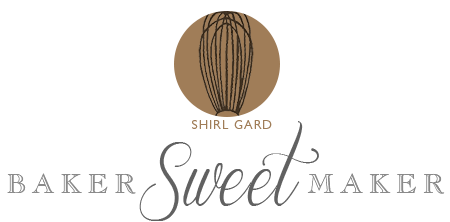
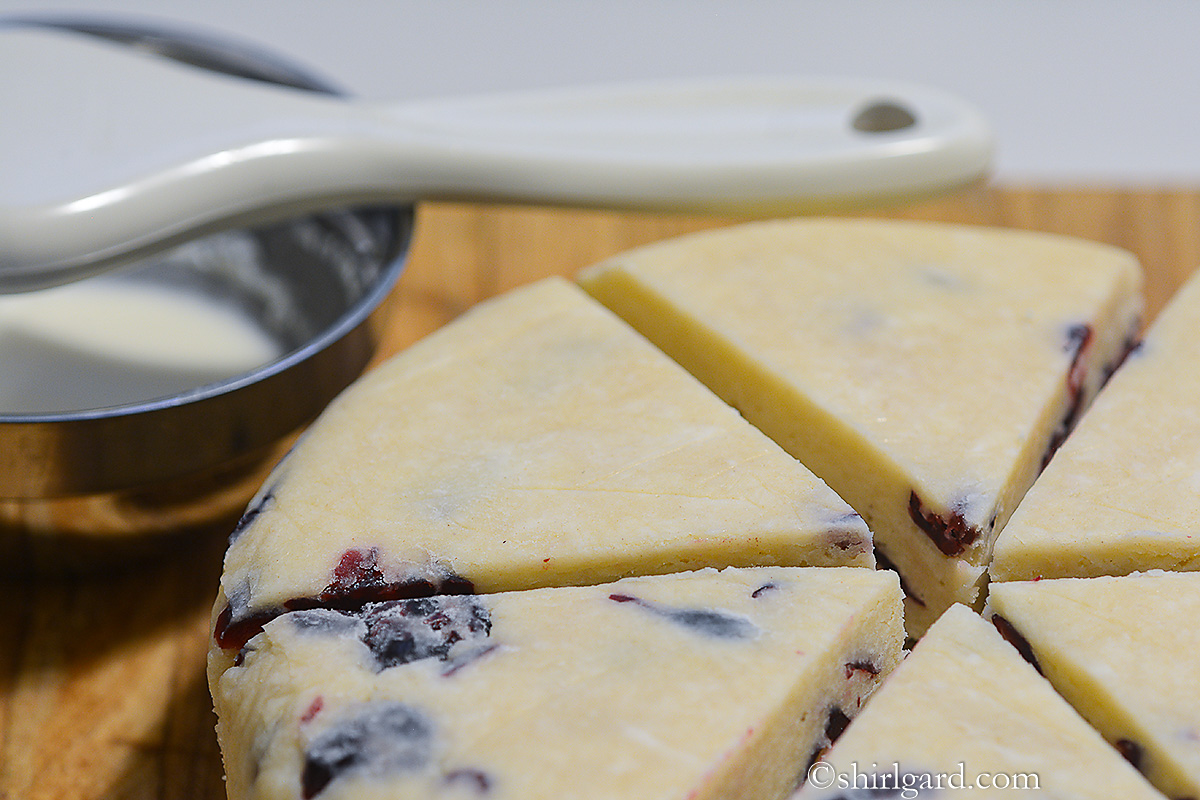
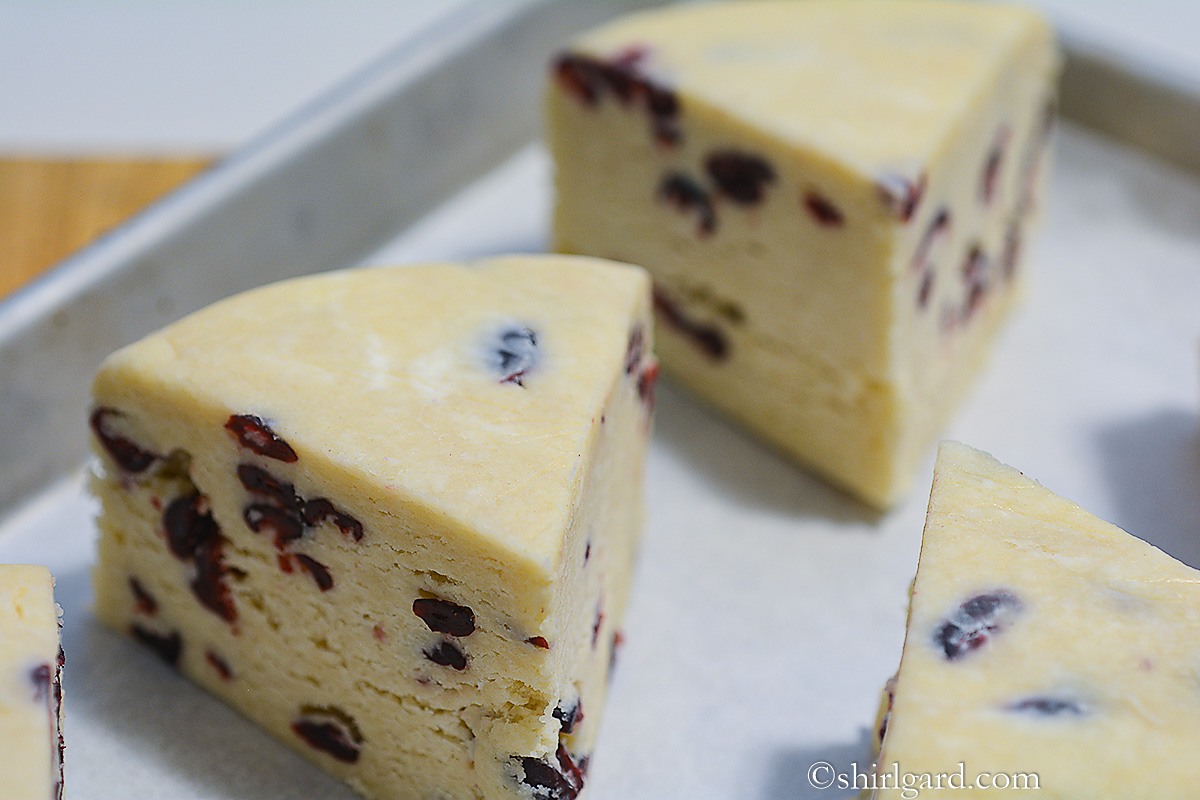
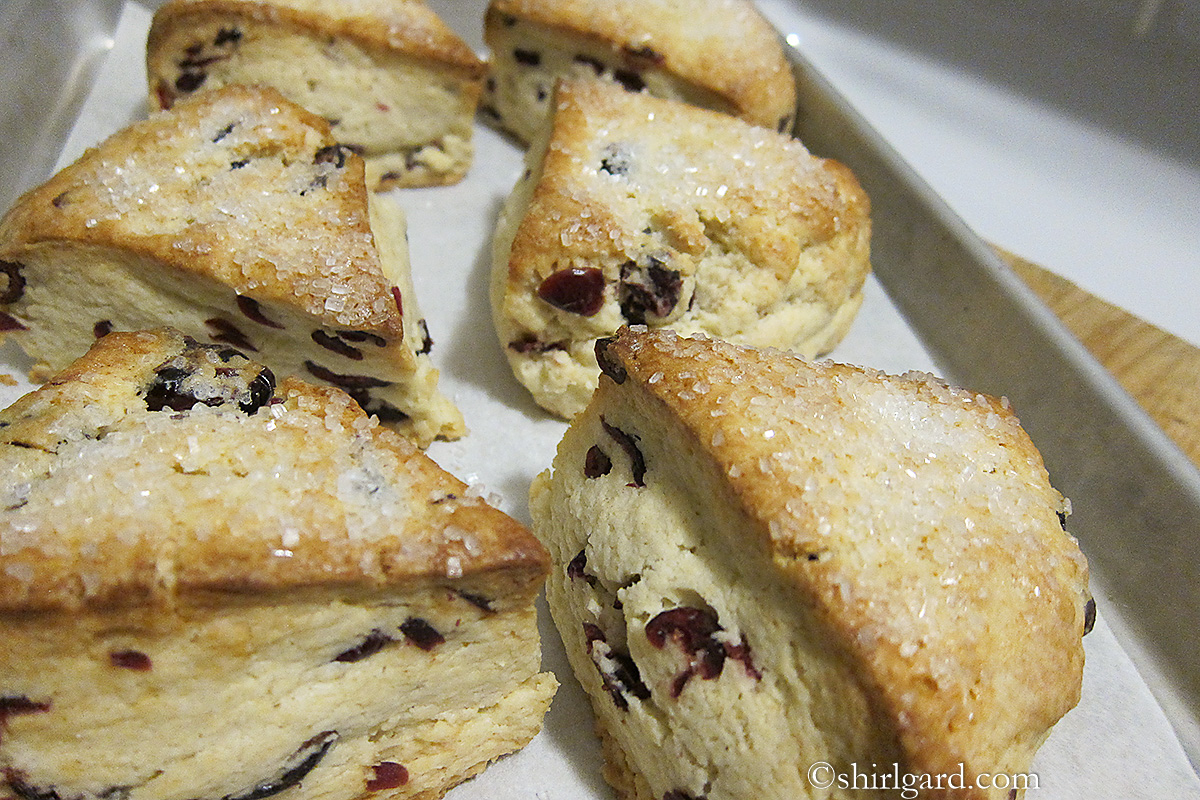
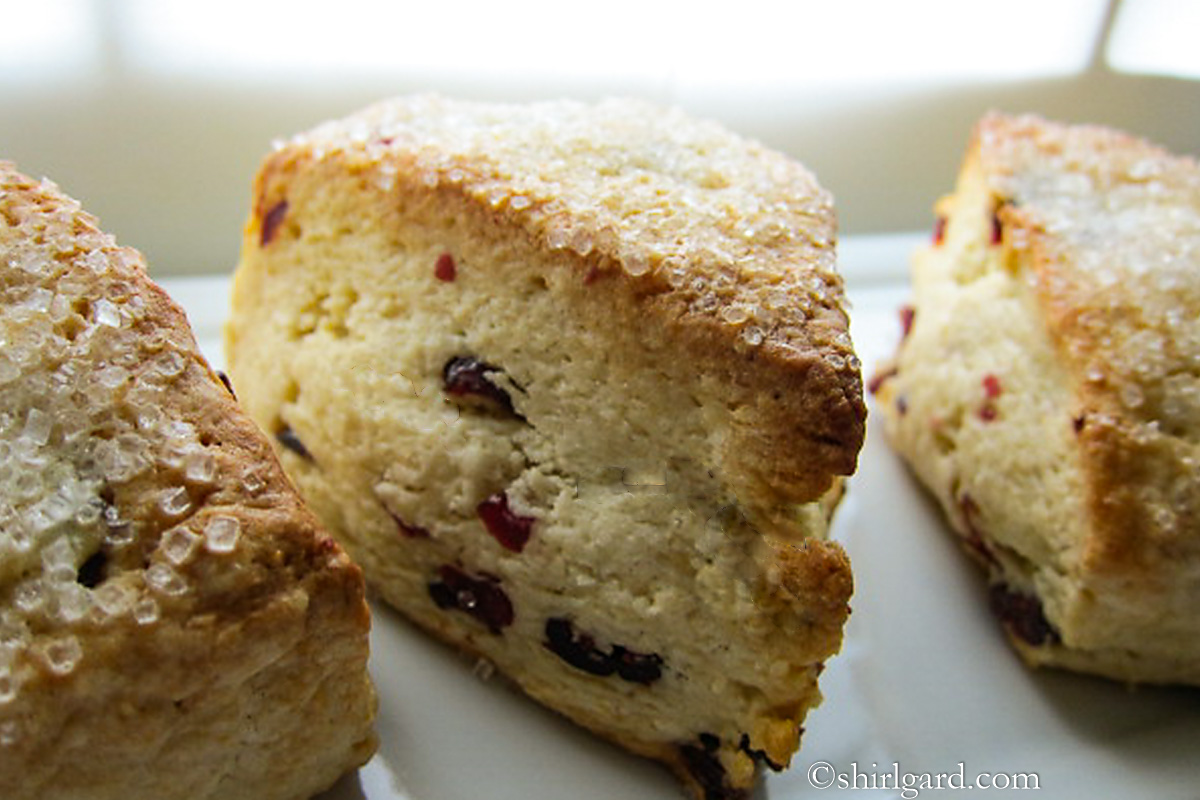
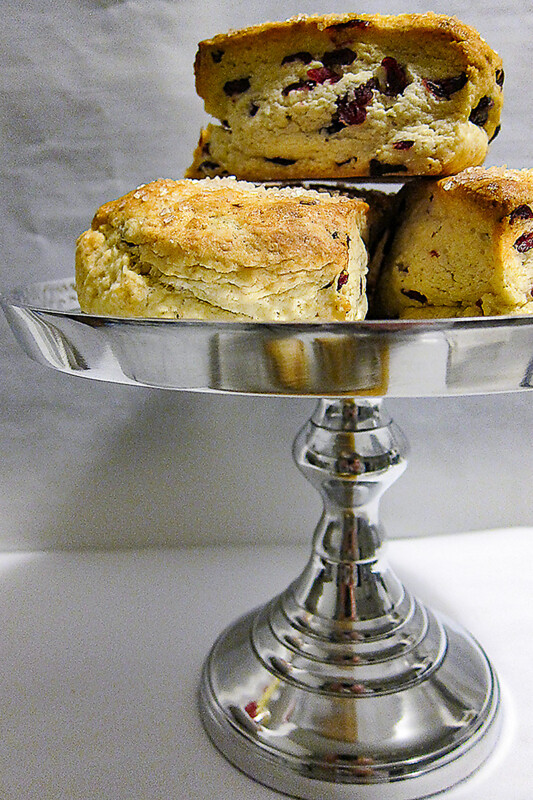
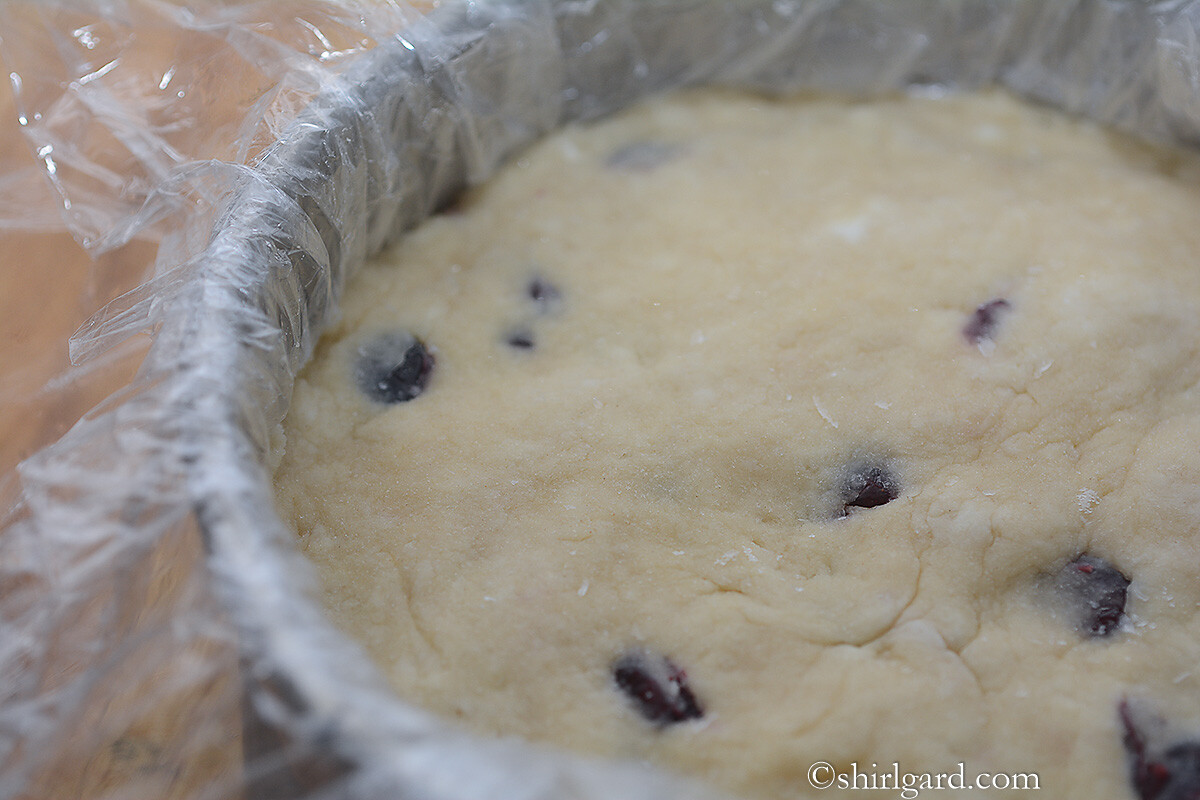
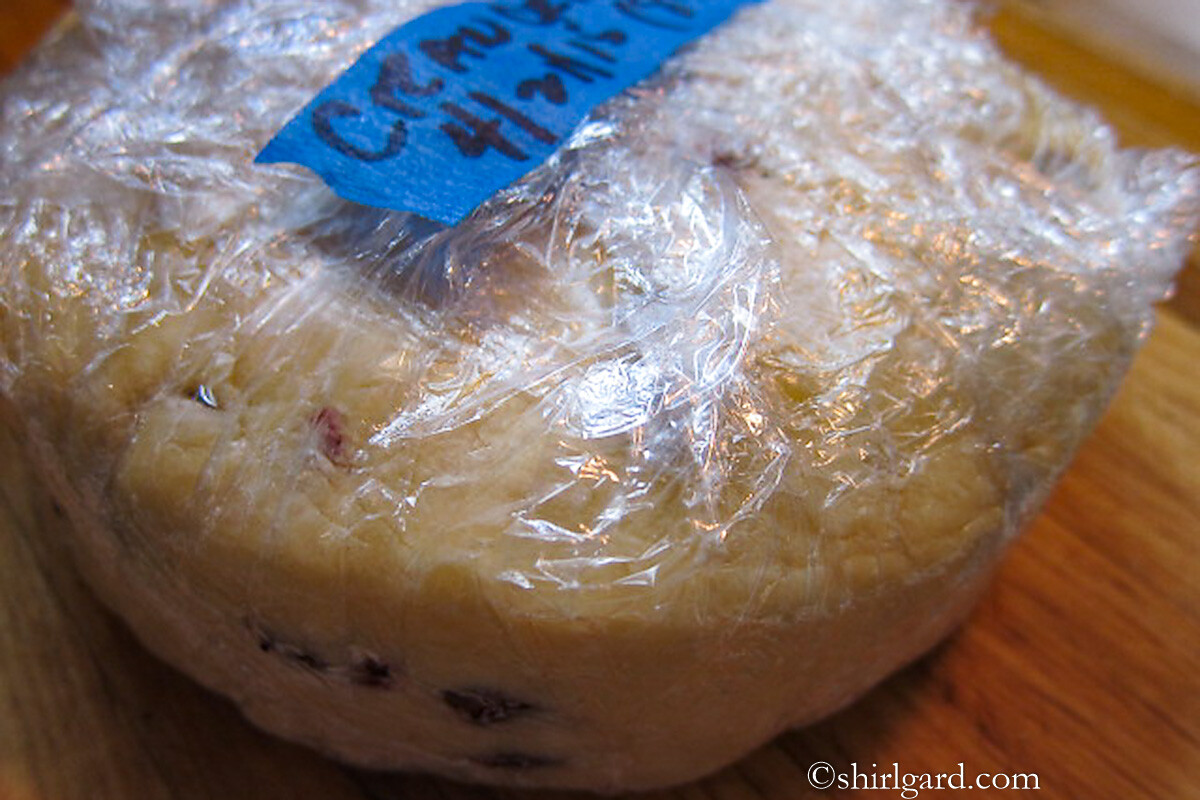
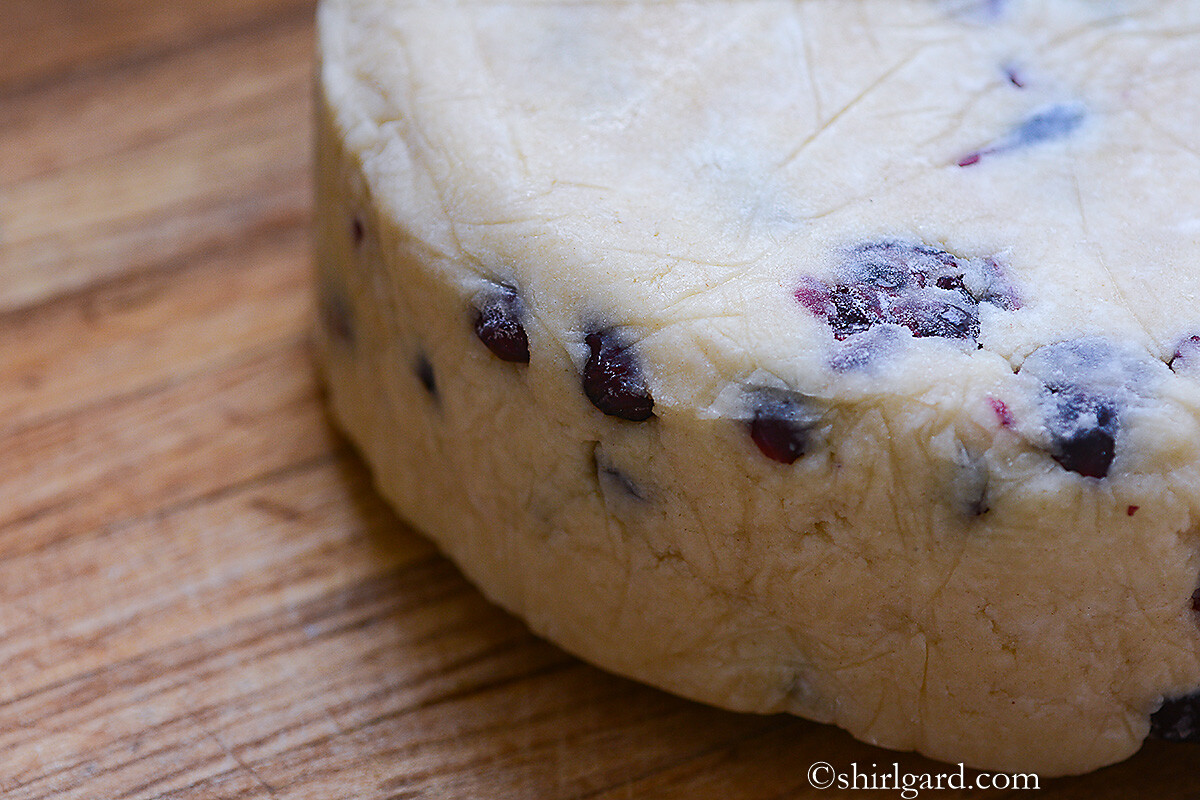
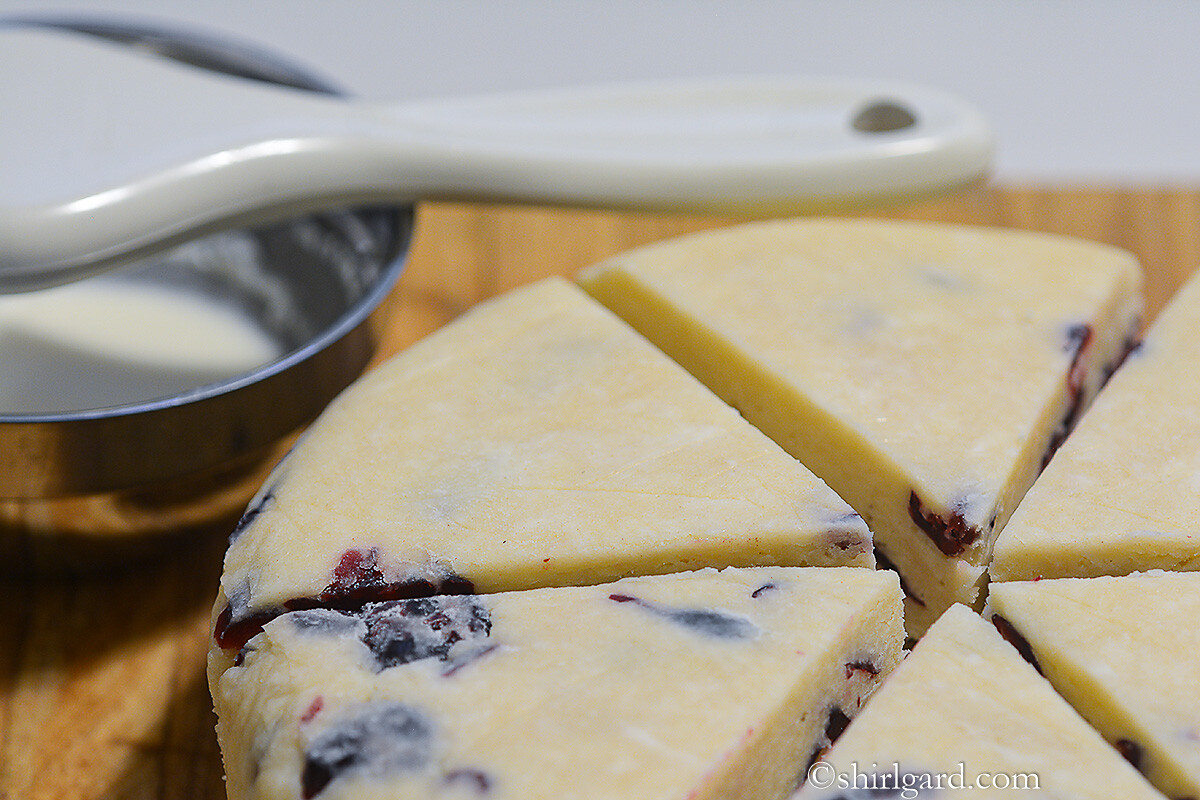
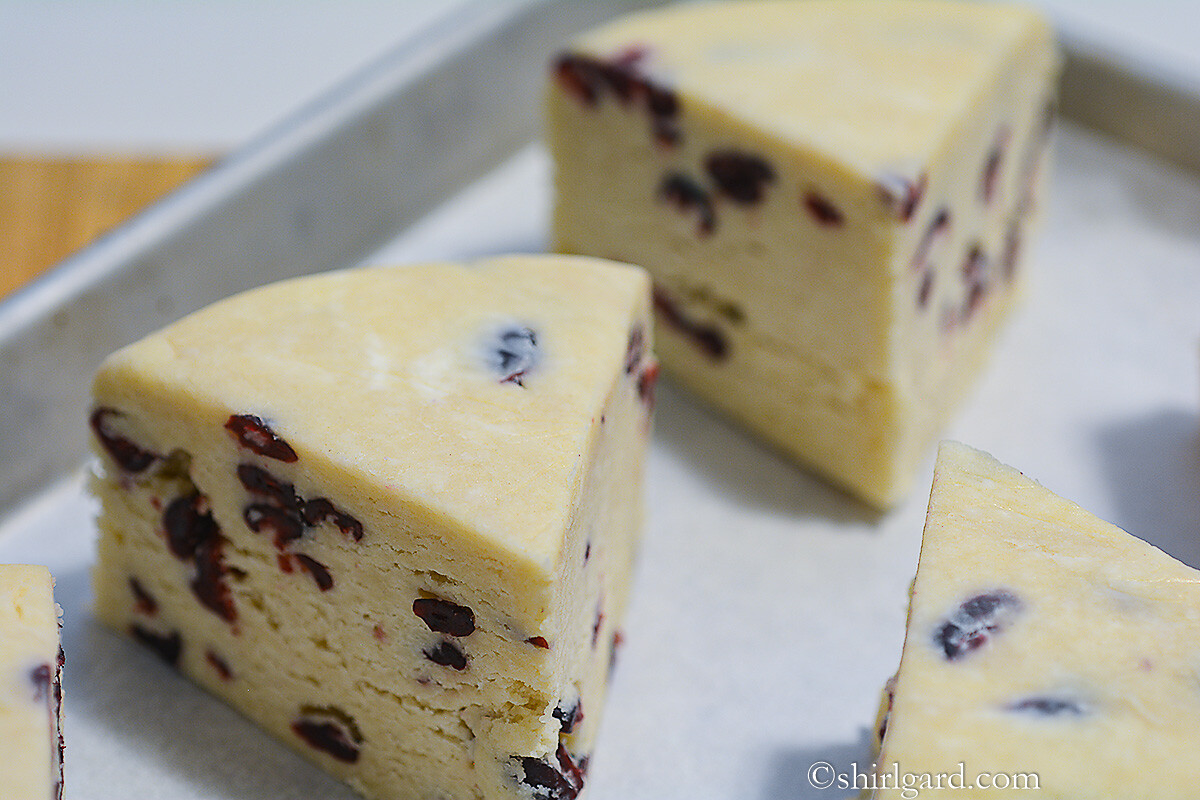
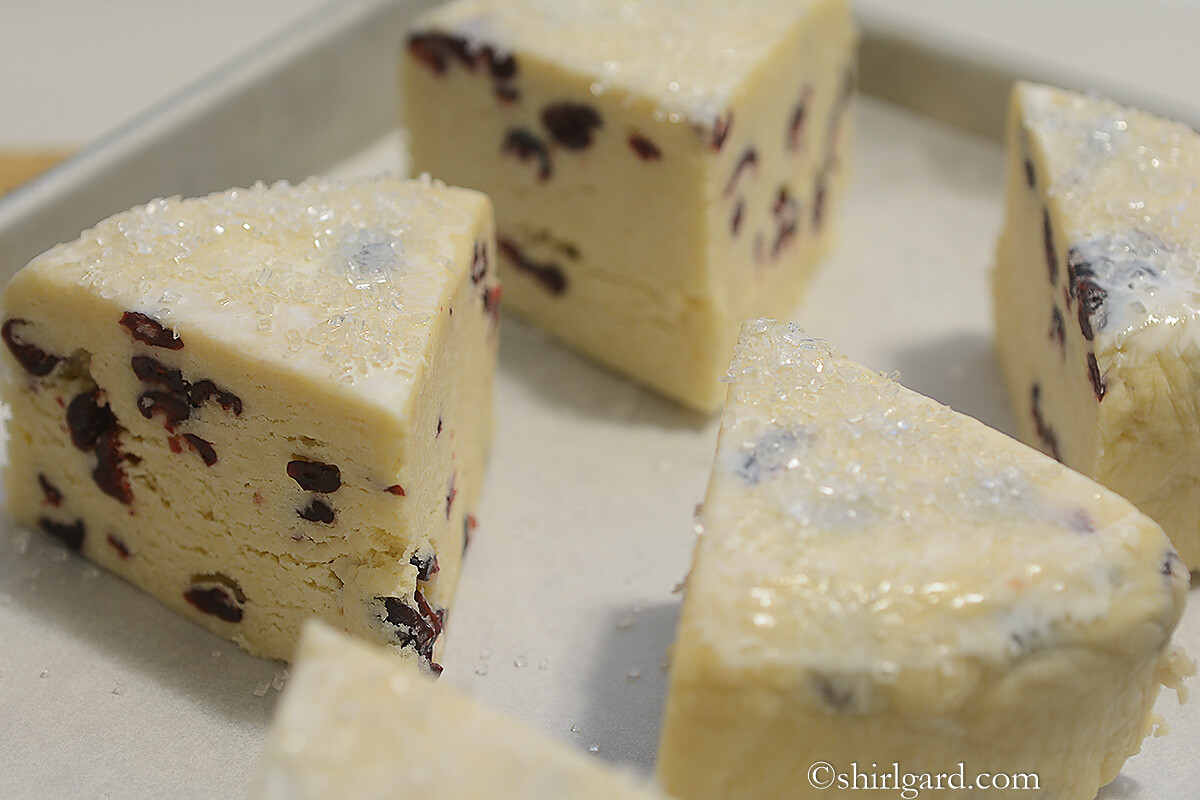
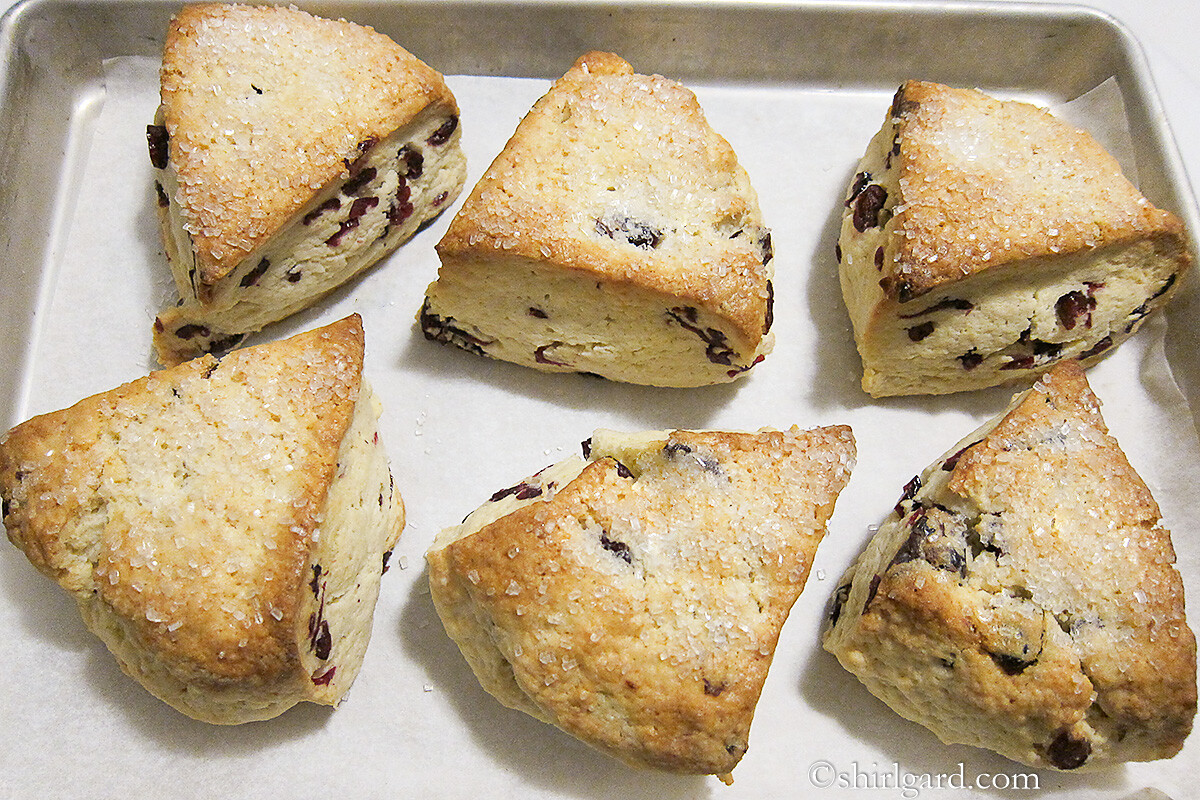
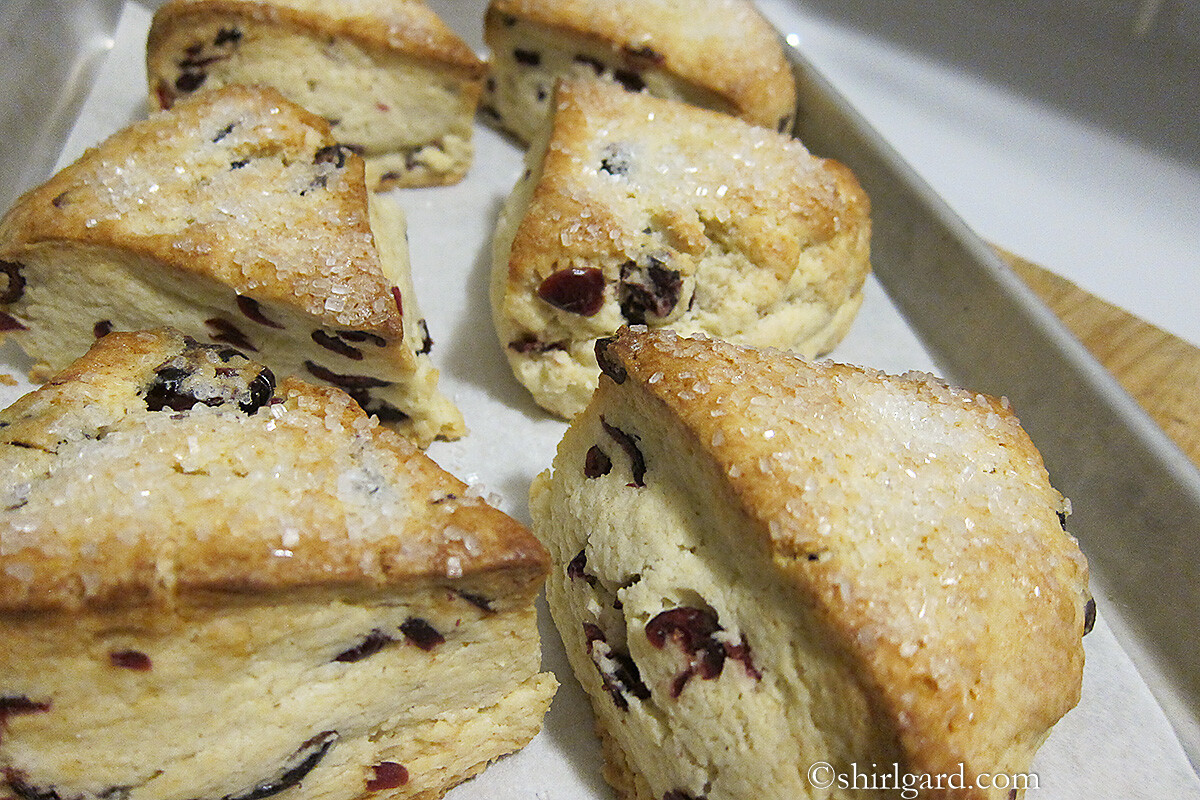
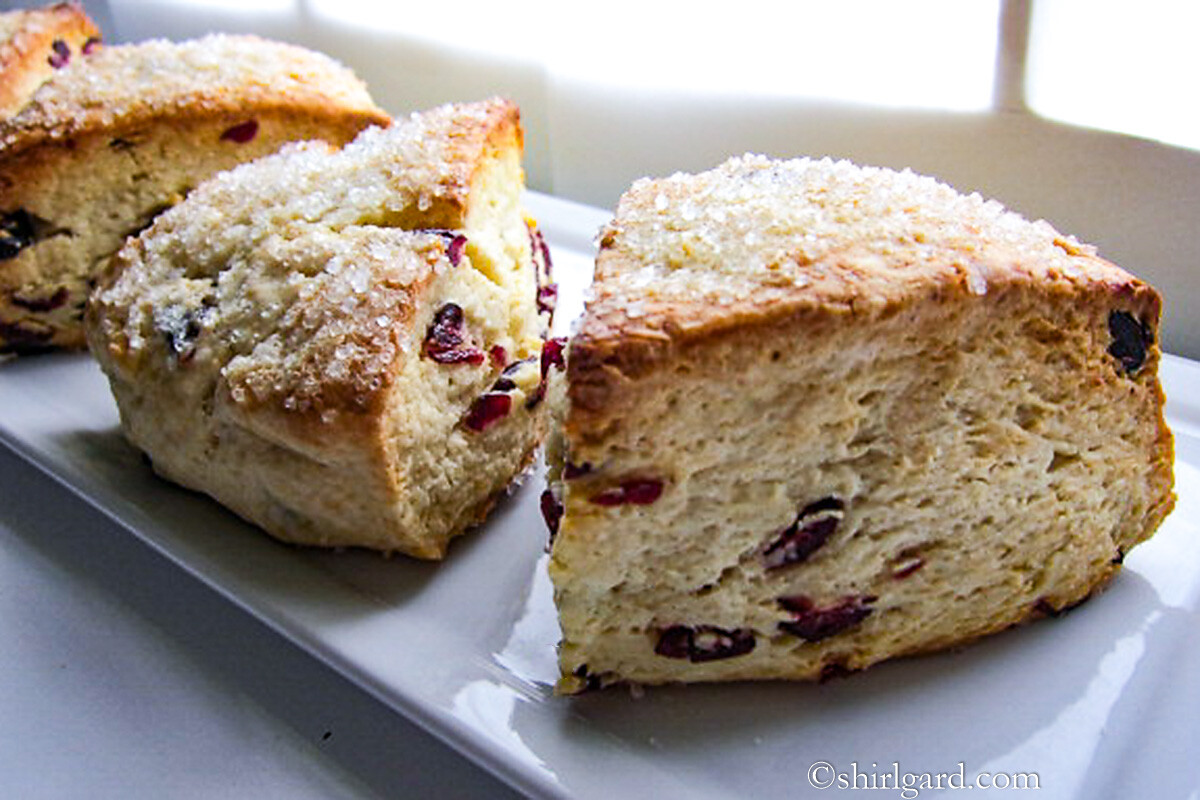
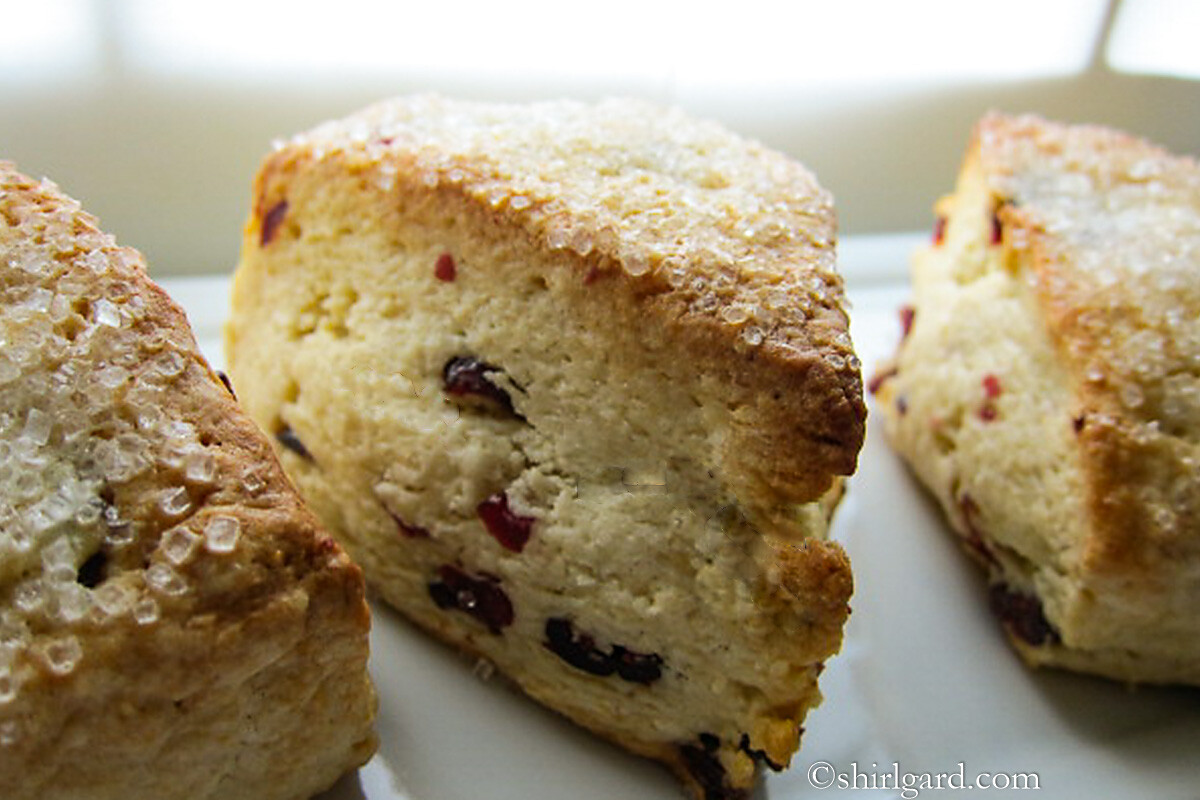
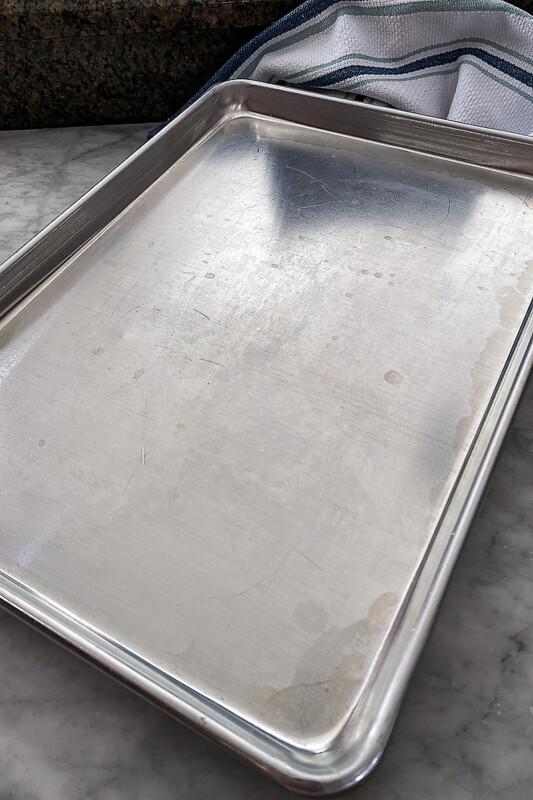
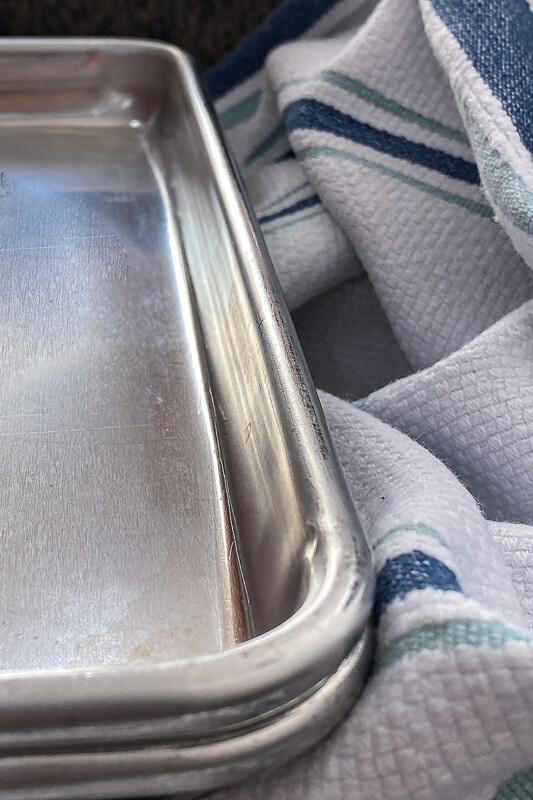
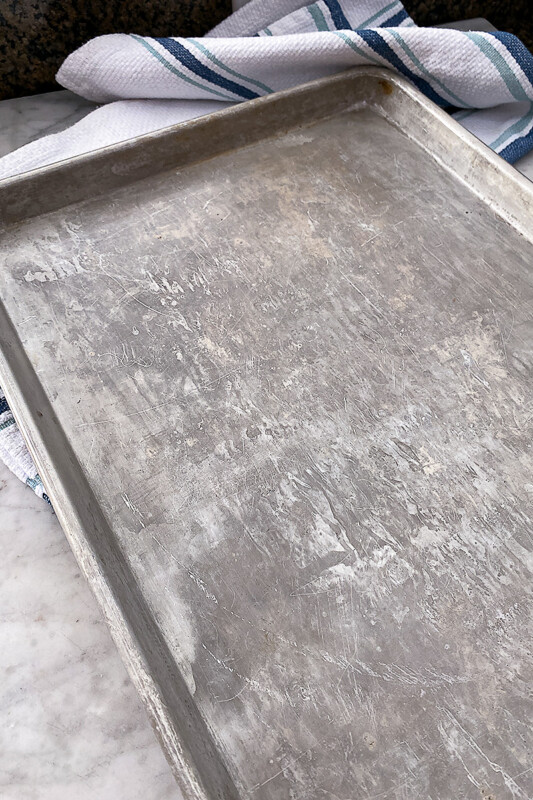
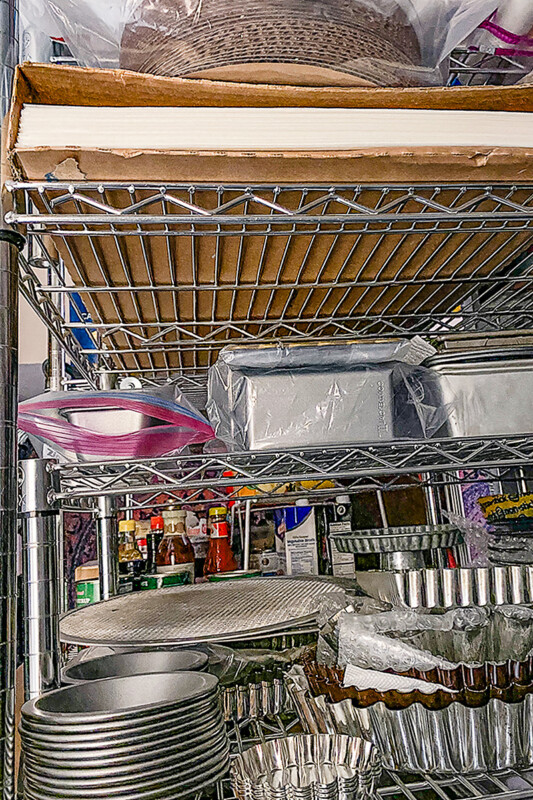
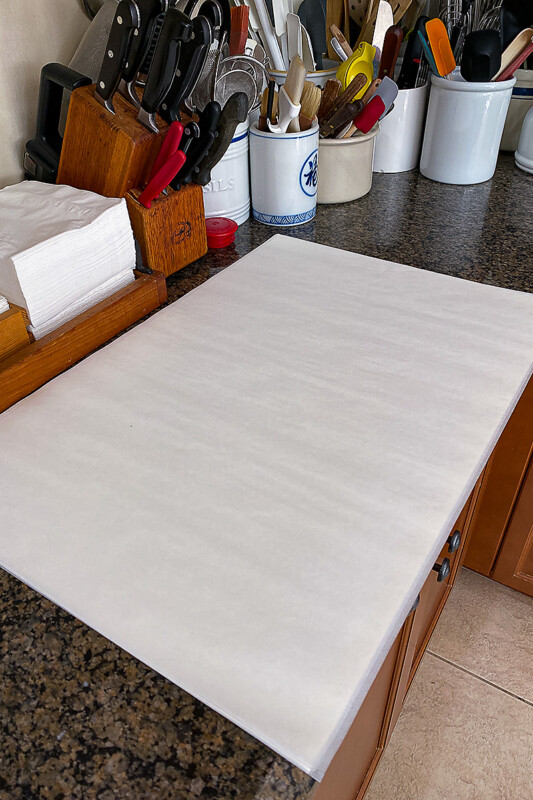
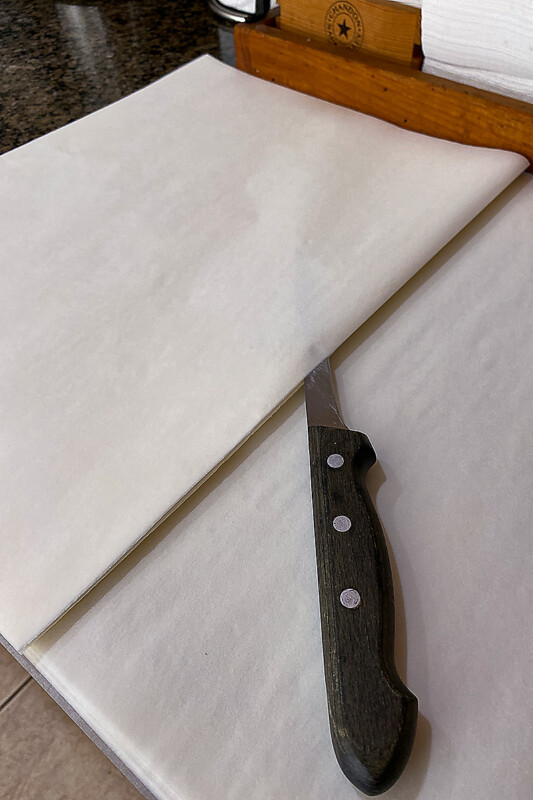
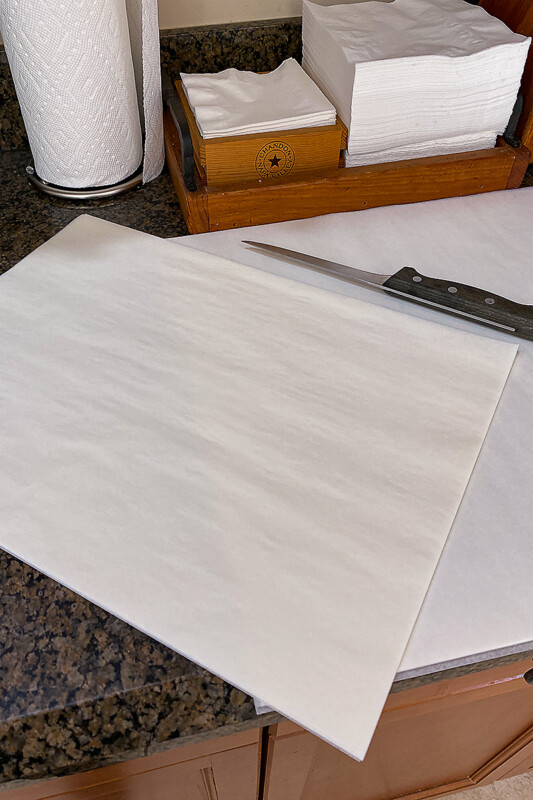
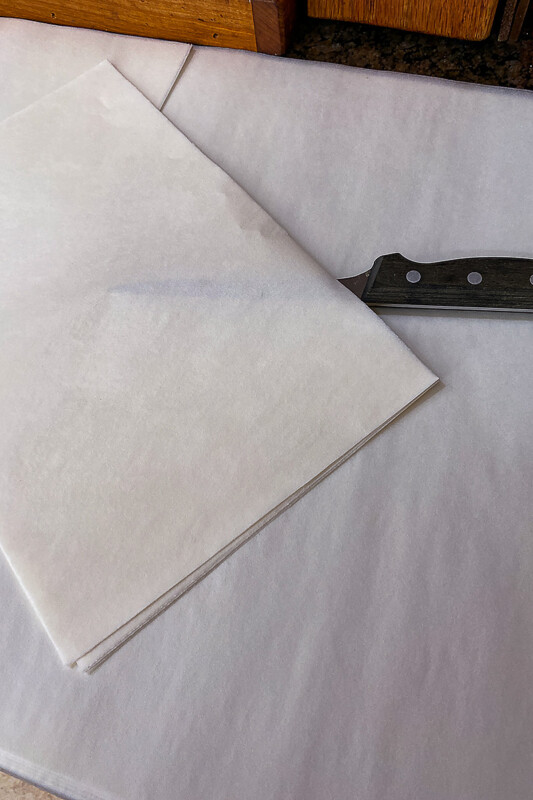
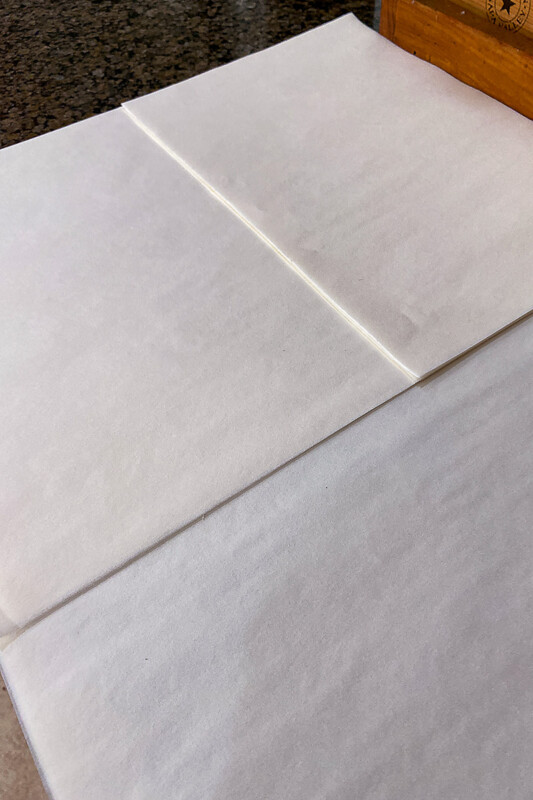
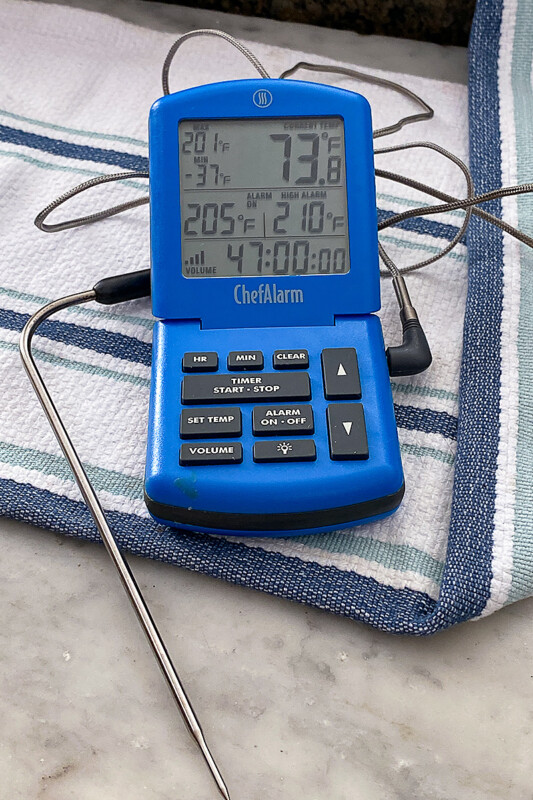
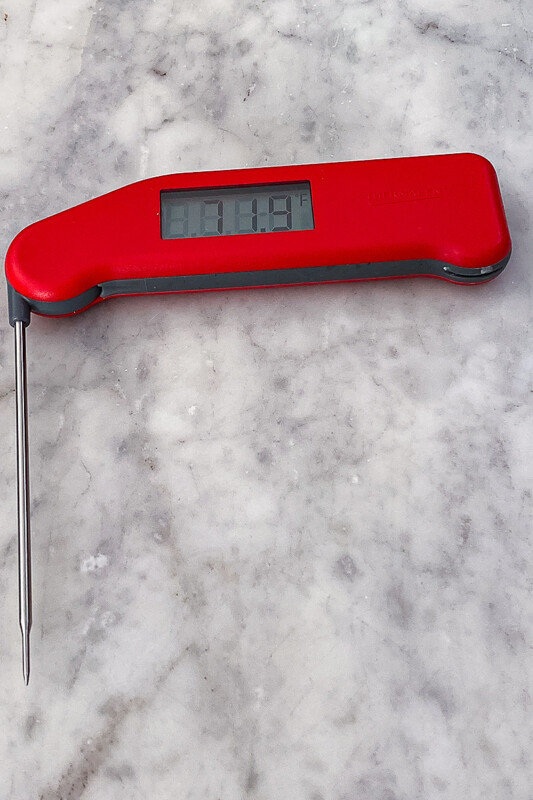
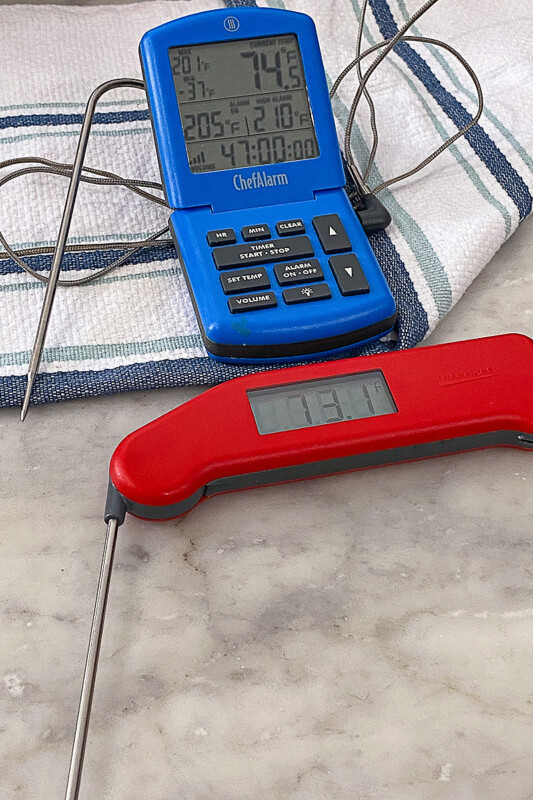
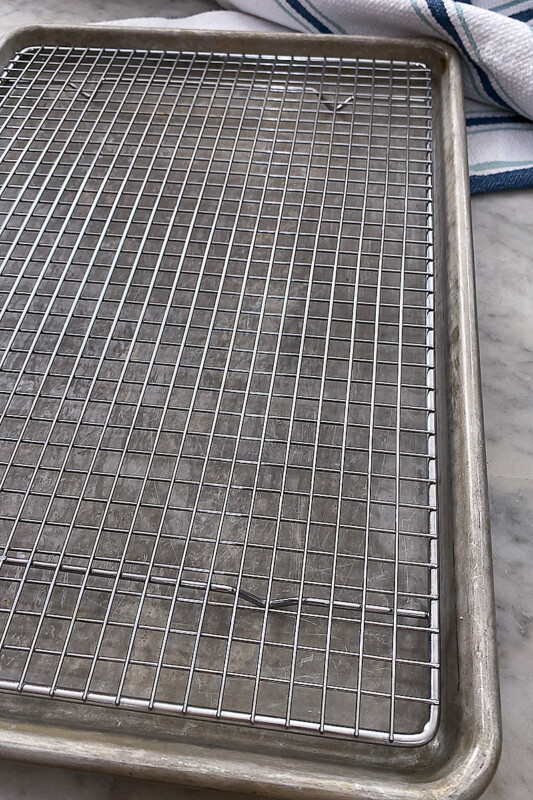
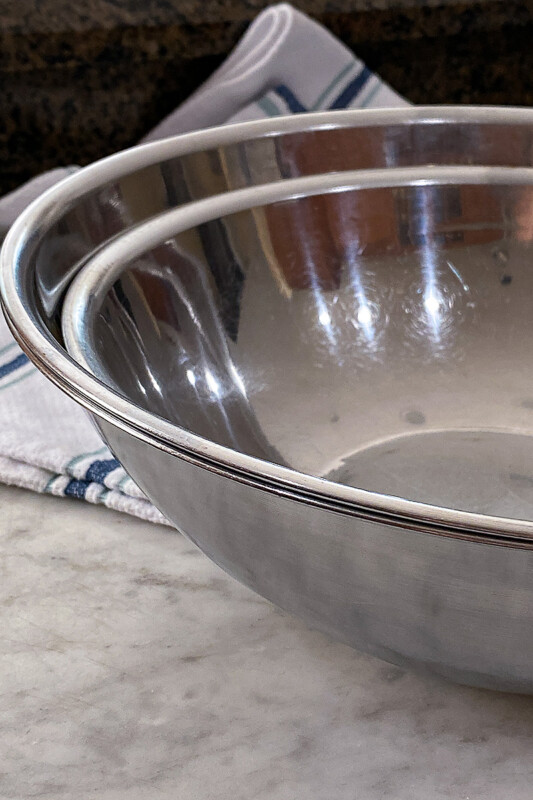
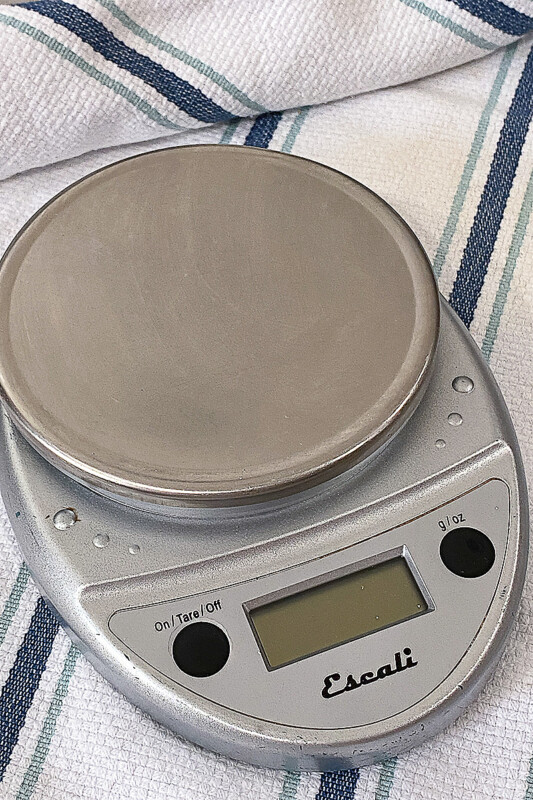
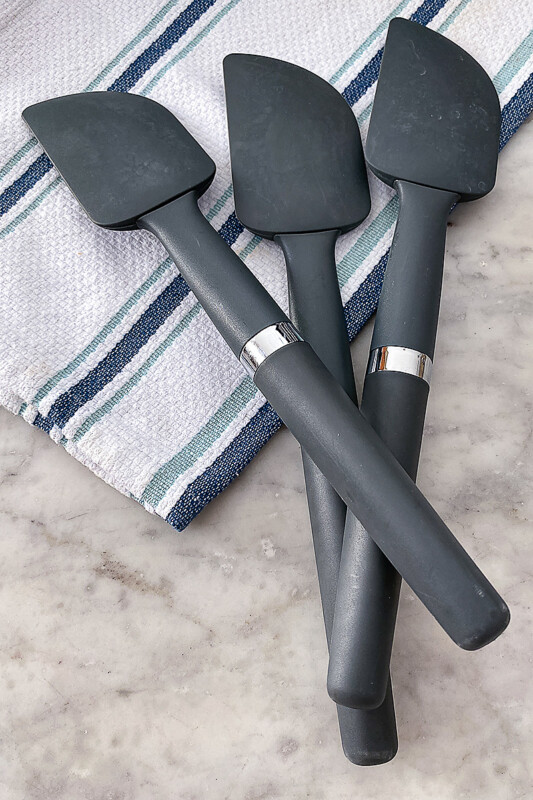
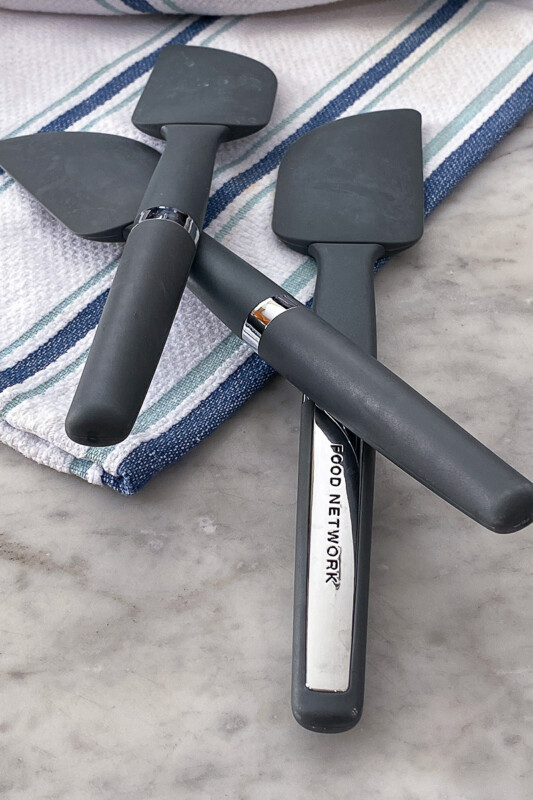
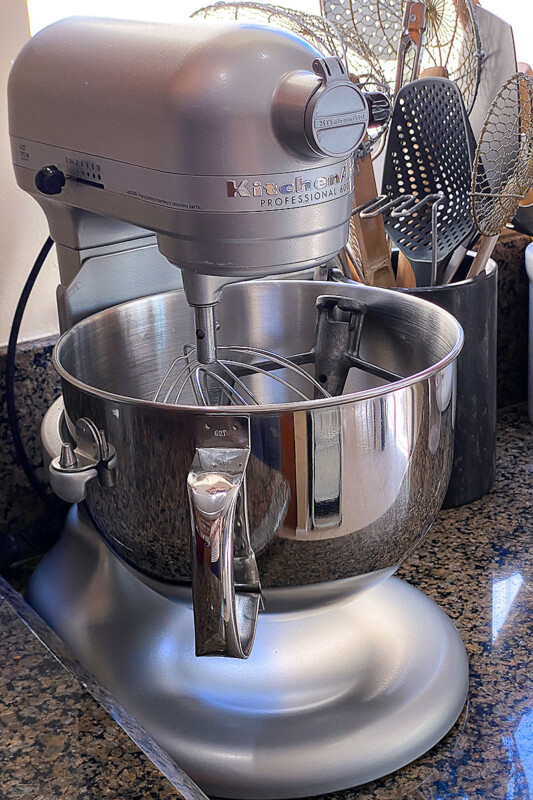
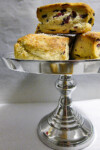
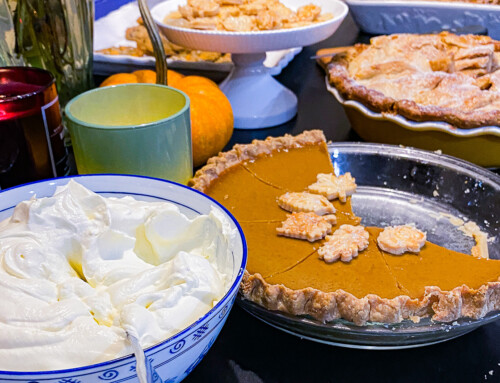
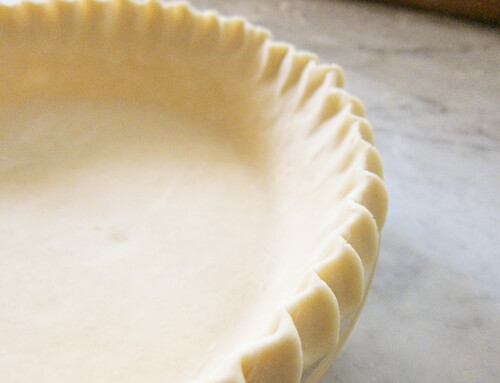
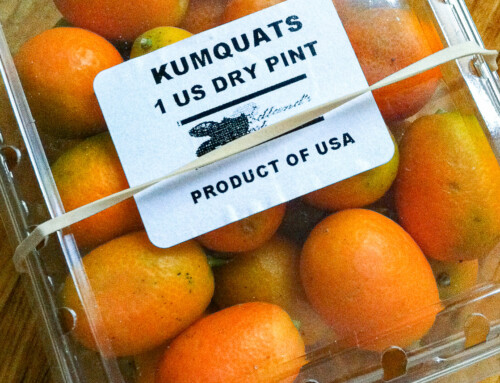
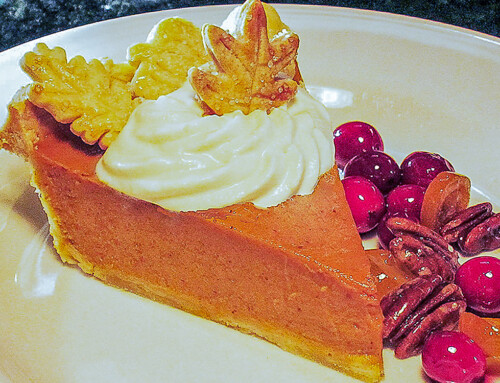
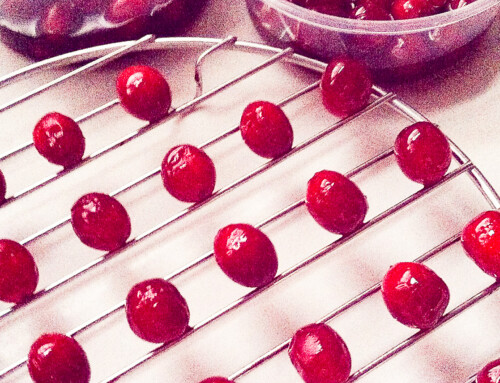
Why the two very similar flowers? Are you bakimg them from frozen?
Hi Harold, I’m not sure what the word “flowers” supposed to be but, yes, I do bake scones from frozen or at least partially frozen. They hold their shape much better and spread less. Thanks for your question.
Sorry about the flowers ,ment flours 1. Gold medal. 2king Arthur ?
From frozen it its ,thanks
Why do you use 2 kinds of flours?
-490 grams all-purpose unbleached flour (King Arthur) (3½ cups)
-280 grams bleached all-purpose floiur (Gold Medal) (2 cups)
All your pastries look amazing and appreciate the detail and reason why you do things. The blueberry muffins are next in line to try!